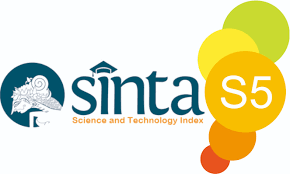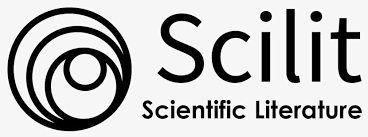The Teknik Pemeriksaan Dacryocystography Dengan Klinis Obstruksi Ductus Nasolacrimal
Abstract
Background: One examination using contrast media that is rarely encountered is the Dacryocystography examination. At one type A hospital in Jakarta only 34 examinations were carried out in 2019, while at another type A hospital this examination was not carried out at all. Dacryocystography examination is a radiological examination of the nasolacrimal system by filling the luminal canal with radiopaque contrast. This examination will not be visible well without using contrast. Based on the experience that the author found during practice at one of the type A hospitals in Jakarta, the Dacryocystography examination with clinical Nasolacrimal Ductus Obstruction only uses 1 (one) projection, namely AP (Anteroposterior). In contrast, according to Ballinger (2011), this examination uses 3 (three) projections—namely PA Caldwell, PA Waters, and Lateral.
Methods: This research is descriptive and qualitative in nature, namely by conducting observations, interviews, and documentation at the KIARA radiology installation, RSUPN Dr. Cipto Mangunkusumo. With 1 (one) sample, interviews with 3 (three) radiographers and 3 (three) radiology specialists. Dacryocystography technique: the patient without preparation is then taken on a plain AP photo, then contrast media is injected into the lacrimal punctum of both eyes of the patient and a post-contrast photo with AP projection. Then the patient's eyes are dripped with NaCl to reduce the concentration of the contrast medium.
Results: The results of the study showed that the Nasolacrimal Ductus was blocked because the contrast medium stopped at the location of the nasolacrimal duct blockage.
Conclusions: In the Dacryocystography examination with clinical Nasolacrimal Ductus Obstruction, contrast media is injected using a special syringe that has been modified in the form of a bent and blunt needle. For projections, only 1 projection is used, namely Antero Posterior (AP) for preliminary photos and post-contrast photos which will depict the image of the Nasolacrimal Ductus having obstruction or blockage.










